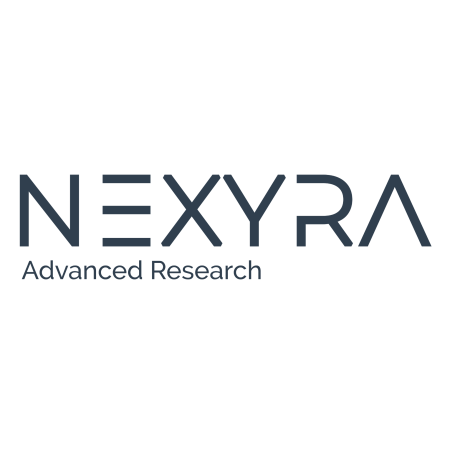What Is multi-Omics integration and why it matters in biomedical research
May, 25
What Is multi-Omics integration and why it matters in biomedical research
In the past two decades, molecular biology has generated vast amounts of data across omics disciplines — including genomics, transcriptomics, proteomics, metabolomics, and epigenomics. Each of these domains offers a specific lens through which we can examine biological systems. However, no single omics layer is sufficient to fully understand cellular complexity. That’s where multi-omics integration becomes essential.
This approach is not only transforming research workflows but also has critical applications in precision medicine, biomarker discovery, and patient stratification.
What Is Multi-Omics Integration?
Multi-omics integration refers to the combined analysis of two or more omics datasets to produce a comprehensive, systems-level view of biological activity. Unlike single-omics studies, this strategy enables the identification of interactions and regulatory relationships across molecular layers — providing a richer, more interpretable understanding of health and disease.
According to Misra et al. (2019), multi-omics integration is a foundational tool for decoding complex disorders such as cancer, neurodegenerative diseases, and autoimmune conditions (1).
Key Applications in Biomedical Research
- Precision Medicine
Multi-layered molecular profiling allows researchers to tailor therapies to individual biological signatures, improving efficacy and reducing adverse effects (2). - Biomarker Discovery
Cross-omics signatures enhance sensitivity and specificity in the detection of predictive or diagnostic markers (3). - Drug Development
Integrated data supports the validation of therapeutic targets and mechanism-of-action studies, and helps anticipate off-target effects. - Computational Modeling & Machine Learning
Well-structured, multi-omics datasets serve as ideal training material for predictive models in diagnostics, risk assessment, and patient segmentation (4).
Real-World Use Cases
- In oncology: Integrating mutational data (genomics) with gene expression profiles (transcriptomics) enables more precise cancer subtyping.
- In neuroscience: Combined epigenomic, transcriptomic, and proteomic analysis reveals previously unknown pathways in diseases such as Alzheimer’s and schizophrenia⁵.
- In rare disease research: When isolated genetic variants fall short of explaining a phenotype, multi-omics integration can uncover hidden functional relationships.
Nexyra’s Approach
At Nexyra, we develop and deploy advanced platforms for the analysis and integration of multi-omics data. Our approach includes:
- Automated processing of genomics, transcriptomics, proteomics, and clinical data
- Metadata standardization and full sample traceability
- Interactive visualizations and custom reports tailored to the researcher’s goals
- Structuring datasets to support AI model training or regulatory submission
We help research institutions, hospitals, and biotech companies accelerate their discovery cycles while maintaining scientific rigor and data integrity.
General References
- Misra BB, Langefeld CD, Olivier M, Cox LA. Integrated omics: Tools, advances, and future approaches. J Mol Endocrinol [Internet]. 2018;62(1):R21-45. http://dx.doi.org/10.1530/JME-18-0055
- Karczewski KJ, Snyder MP. Integrative omics for health and disease. Nat Rev Genet [Internet]. 2018 [citado 22 de mayo de 2025];19(5):299-310. https://www.nature.com/articles/nrg.2018.4.
- Hasin Y, Seldin M, Lusis A. Multi-omics approaches to disease. Genome Biol [Internet]. 2017;18(1):83. http://dx.doi.org/10.1186/s13059-017-1215-1
- Morabito A, De Simone G, Pastorelli R, Brunelli L, Ferrario M. Algorithms and tools for data-driven omics integration to achieve multilayer biological insights: a narrative review. J Transl Med [Internet]. 2025;23(1):425. http://dx.doi.org/10.1186/s12967-025-06446-x.
- Johnson CH, Ivanisevic J, Siuzdak G. Metabolomics: beyond biomarkers and towards mechanisms. Nat Rev Mol Cell Biol [Internet]. 2016 [citado 22 de mayo de 2025];17(7):451-9. https://www.nature.com/articles/nrm.2016.25
Ready to turn data into discovery?
Explore our Omics-as-a-Service platform and learn how we can accelerate your research.
